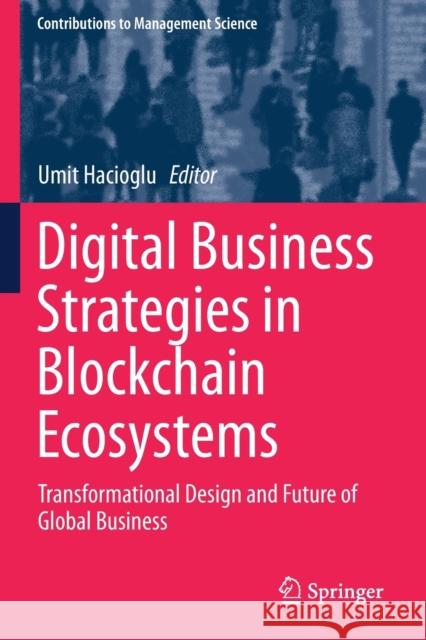Digital Business Strategies in Blockchain Ecosystems: Transformational Design and Future of Global Business » książka
topmenu
Digital Business Strategies in Blockchain Ecosystems: Transformational Design and Future of Global Business
ISBN-13: 9783030297411 / Angielski / Miękka / 2020 / 647 str.
Digital Business Strategies in Blockchain Ecosystems: Transformational Design and Future of Global Business
ISBN-13: 9783030297411 / Angielski / Miękka / 2020 / 647 str.
cena 653,90 zł
(netto: 622,76 VAT: 5%)
Najniższa cena z 30 dni: 650,86 zł
(netto: 622,76 VAT: 5%)
Najniższa cena z 30 dni: 650,86 zł
Termin realizacji zamówienia:
ok. 20 dni roboczych.
ok. 20 dni roboczych.
Darmowa dostawa!
Kategorie:
Kategorie BISAC:
Wydawca:
Springer
Seria wydawnicza:
Język:
Angielski
ISBN-13:
9783030297411
Rok wydania:
2020
Wydanie:
2020
Numer serii:
000451748
Ilość stron:
647
Waga:
0.92 kg
Wymiary:
23.39 x 15.6 x 3.45
Oprawa:
Miękka
Wolumenów:
01
Dodatkowe informacje:
Wydanie ilustrowane











